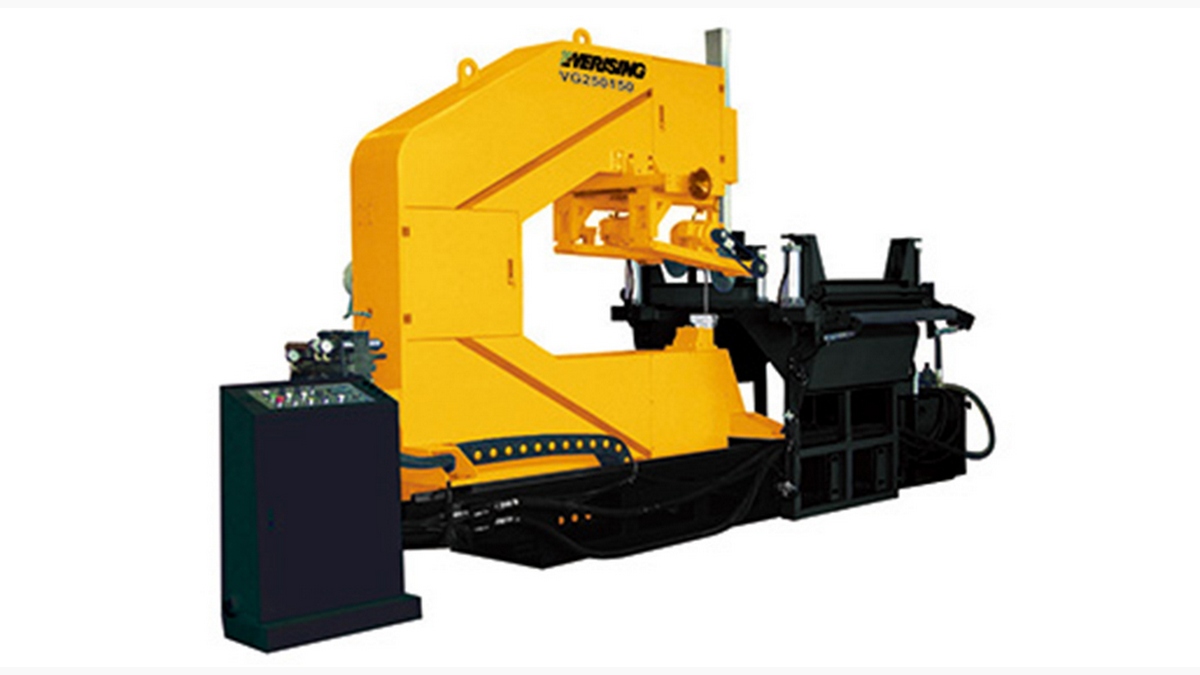In light of the evolving global industry demands, the laser industry and technology are shifting their focus towards meeting the requirements of 5G semiconductors and smart vehicle processes. While Taiwan's laser industry has a well-established foundation built over the years, sustaining international competitiveness necessitates a proactive advancement in independent laser technology.
In recent years, the laser industry has experienced a significant surge in revenue, paralleling the increasing sophistication and systematization of the manufacturing sector. As the manufacturing industry adopts smarter and more systematic approaches, laser processes have become integral to manufacturing operations. The laser source, a key module in laser processing equipment, not only contributes to approximately one-third of the cost but also plays a pivotal role in determining the success or failure of processing. The global landscape of laser sources is continually evolving, presenting various challenges aligned with industry needs.
The emergence of laser sources, coupled with the promotion of Taiwan's Laser Optics Valley project, has spurred the creation of laser startups, marking the initial development of the upstream end of the laser industry's ecological chain.
Laser Applications Transforming Manufacturing
The production of a laser involves exciting the medium in the resonant cavity to generate photons through external energy. The resulting laser beam can be controlled to produce varying durations of action, serving diverse purposes such as processing, inspection, detection, and image processing. While lasers historically found crucial applications in optical communication and optical storage, recent advancements in laser source technology have propelled laser processing applications beyond these realms. Optical storage now stands as the largest application field for lasers globally. Leveraging the controllability of laser sources, integration with automation modules or equipment has made lasers indispensable tools for material processing.
According to the Industrial Technology Research Institute, the global machine tool market reached US$83.1 billion in 2019. In the same period, global laser processing system revenue amounted to approximately US$17.9 billion, representing around 21.5% of the machine tool market. Despite a decline in the overall performance of laser processing applications, the laser processing system plays a crucial role in material processing. The compound annual growth rate of the laser processing system outpaces that of the machine tool industry, indicating stable growth.
Global laser source revenue in 2019, according to Laser Focus World and Industrial Laser Solution, experienced a slight increase of approximately 1.7% over the previous year (2018), reaching US$15.13 billion. However, amid a slight decrease in processing applications in 2019, attributed to global trade tensions and tariffs, the laser industry adapted by adopting dispersed multinational manufacturing and decentralized production strategies. High-power laser sources faced challenges due to market tightening in 2019, saturation in the Chinese market, and a decline in unit prices. The impact persisted into 2020, affecting the supply chain, particularly for laser equipment using low-priced Chinese components.
World's Largest Application Market for Laser Sources - "Material Processing"
Material processing holds the position of the world's largest application market for laser sources, accounting for 33%. As the demand for manufacturing continues to rise, the market for laser sources in material processing is expected to grow further.
In the high-power processing market, optical fiber laser sources dominate, followed by Direct Diode Laser (DDL), experiencing year-on-year growth in response to high-power (>1kW) processing demands. In 2019, the high-power processing market size reached approximately US$2.97 billion, making it the world's largest laser source application market. Metal cutting stands out as the primary application field, with around US$2.09 billion, marking a 1% increase from 2018. The growth is attributed to ongoing improvements in high-power laser sources and the introduction of higher wattage laser cutting machines to the market.
In the micro-processing market, valued at around US$1.34 billion in 2019, a slight decrease of 8.8% occurred. The optoelectronic semiconductor/PCB/display industries, driven by emerging technologies like 5G communications and self-driving cars, remain the largest application market for laser micromachining.
Laser Evolution Towards High-Value Integration and Intelligent Development
Looking ahead, laser technology will play a crucial role in key industries such as 5G communications, high-brightness solid-state displays, self-driving cars, and new energy vehicles. Both high-power and ultra-fast lasers will become indispensable technologies, supporting applications like ultra-precision micromachining, laser welding for new energy vehicles, and high-power laser cutting/welding for sheet metal parts.
Laser technology is not only a core technology in industrial manufacturing but is rapidly replacing some traditional processing technologies. The controllability of laser sources, regardless of whether continuous output CW lasers or pulse output Pulse lasers, allows for accurate laser output through control methods. This characteristic facilitates easy integration of laser beams with equipment system control modules.
In response to global efforts to promote smart manufacturing industry policies, laser sources are highly controllable and offer a wide range of applications, including engraving, cutting, welding, and surface treatment in industrial manufacturing. The integration of lasers with Industry 4.0 and smart manufacturing has led to the emergence of smart demonstration factories worldwide.
Optical Manufacturing and Fine Micromachining
Laser process technology is set to play a crucial role in the manufacturing industry's future, spreading into innovative and competitive production processes such as semiconductors, automotive electronics, automotive batteries, aerospace, and medical materials through high integration. The market demands high-end new product manufacturing processes and corresponding equipment.
Despite the challenges posed by the recent global pandemic, major international laser manufacturers are actively developing new process technologies to meet future global manufacturing needs. Post-pandemic recovery is expected to drive steady growth in the global laser industry. Most experts remain optimistic about the industry's future, foreseeing a shift toward highly integrated and intelligent development.
Taiwan's Strategic Approach for Future Growth
Looking at the future development of the international industry, Taiwanese equipment manufacturers can leverage laser high-value application integration technology to enhance processing speed and quality. Key strategies for promotion include:
Build up the independent capability of Taiwan's optical manufacturing technology: Focus on cultivating innovative laser source and key component technologies, assisting domestic manufacturers in developing high-end laser sources and components.
Drive investment in the machine tool and equipment industry: Intelligently integrate laser sources and laser processing systems to replace foreign high-unit-price high-energy lasers, fostering growth across the entire laser industry's supply chain.
Construct the ecological chain of Taiwan's optical manufacturing industry: Enhance the ability to integrate laser intelligence with the assistance of intelligent expert systems. Foster collaboration between industry, universities, and research institutions to drive technological development in the laser industry.








.png)





